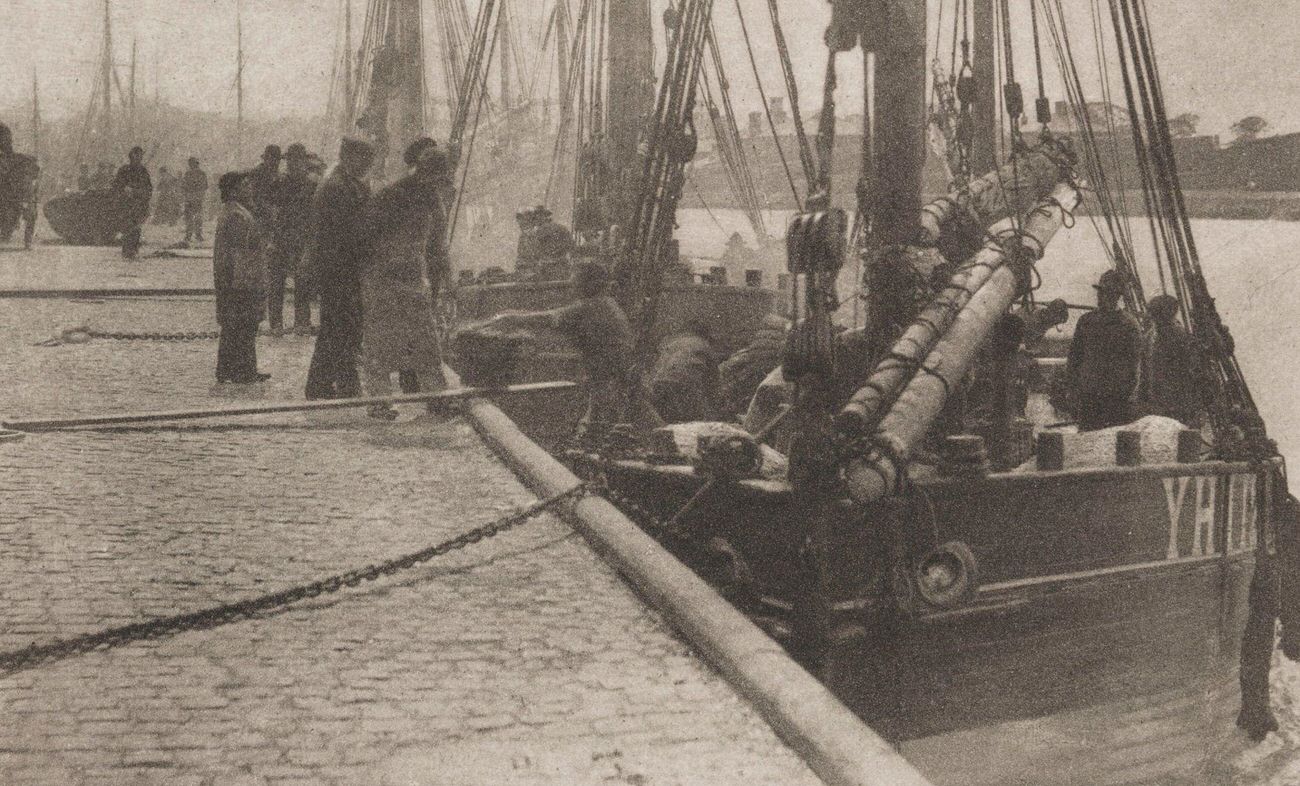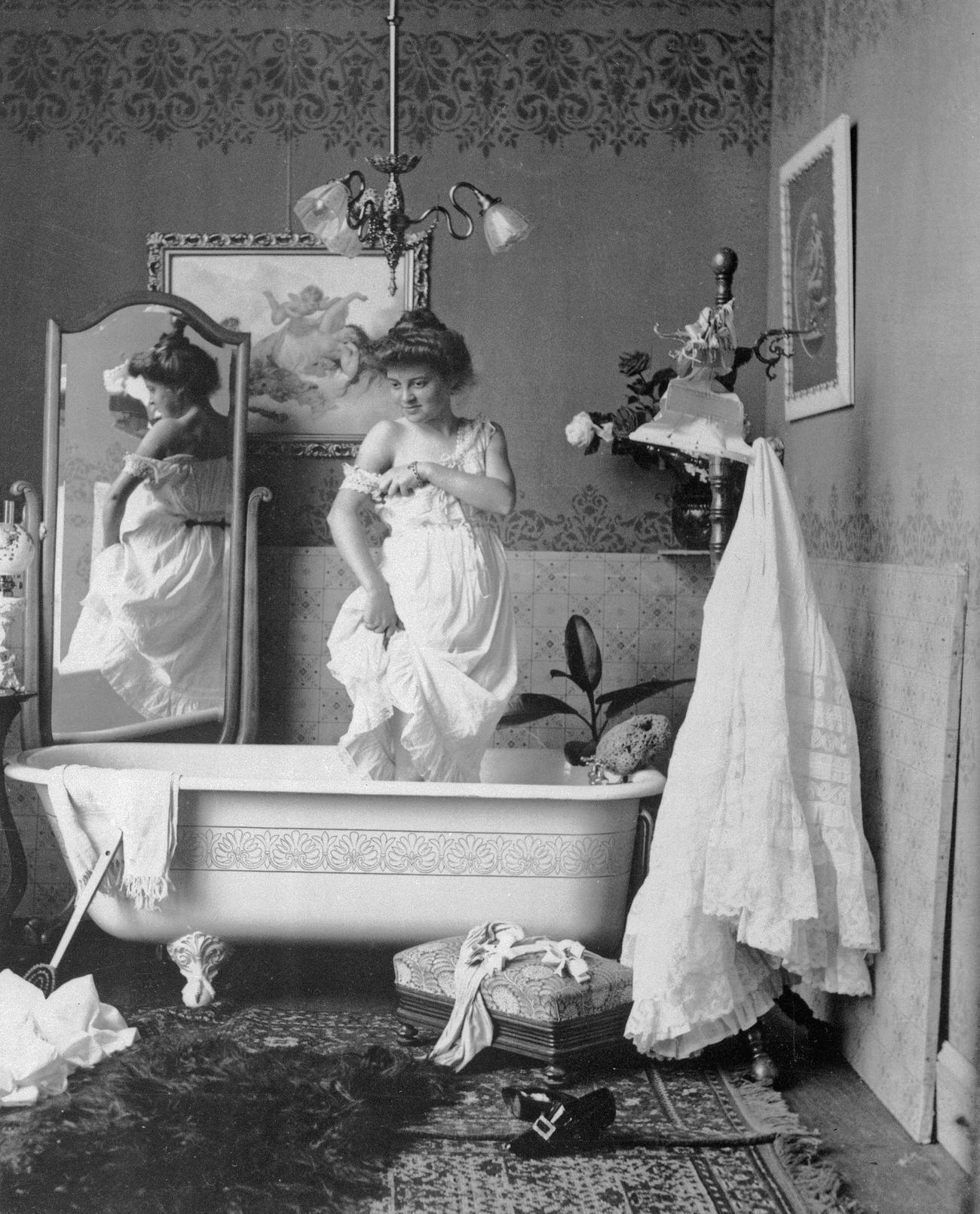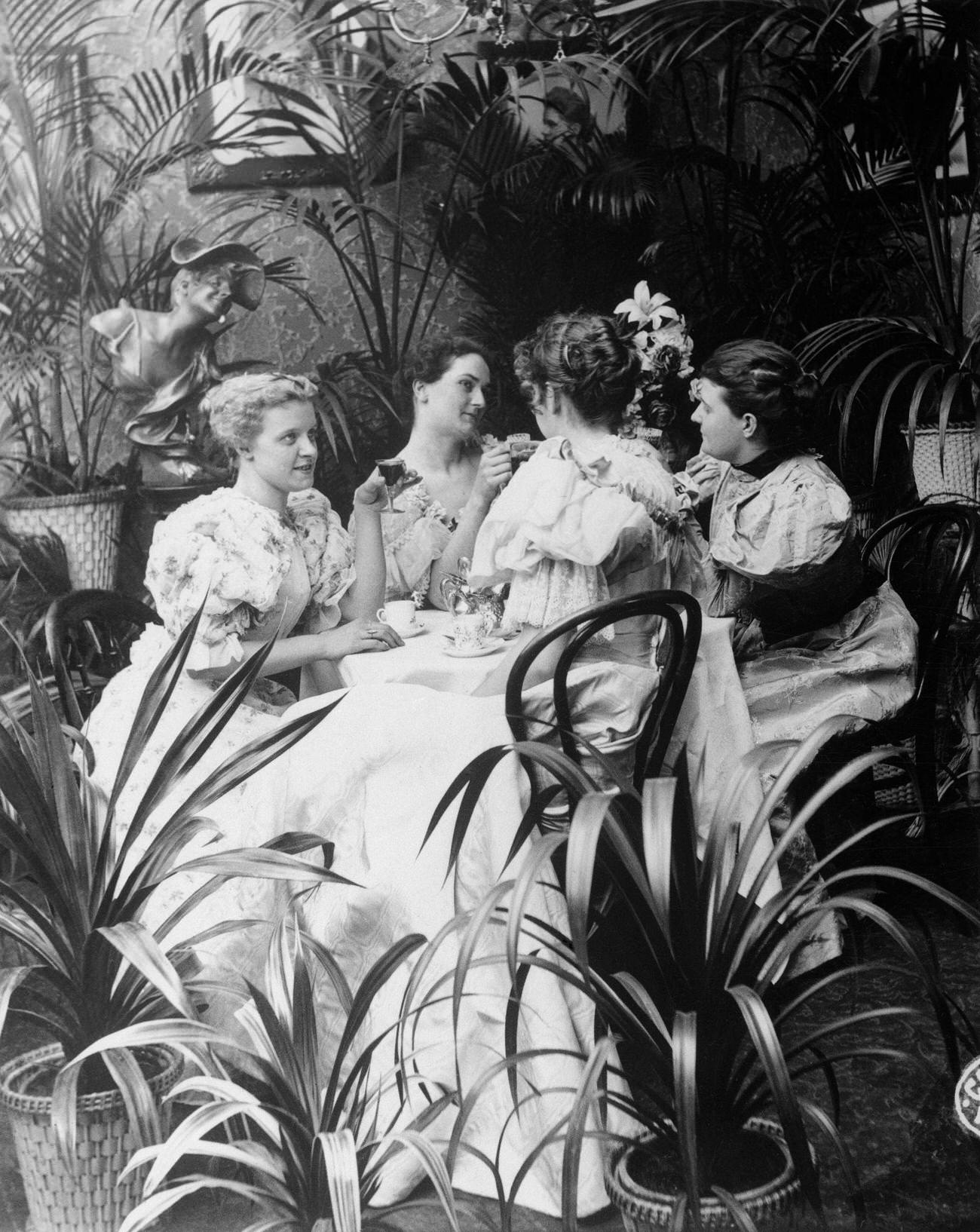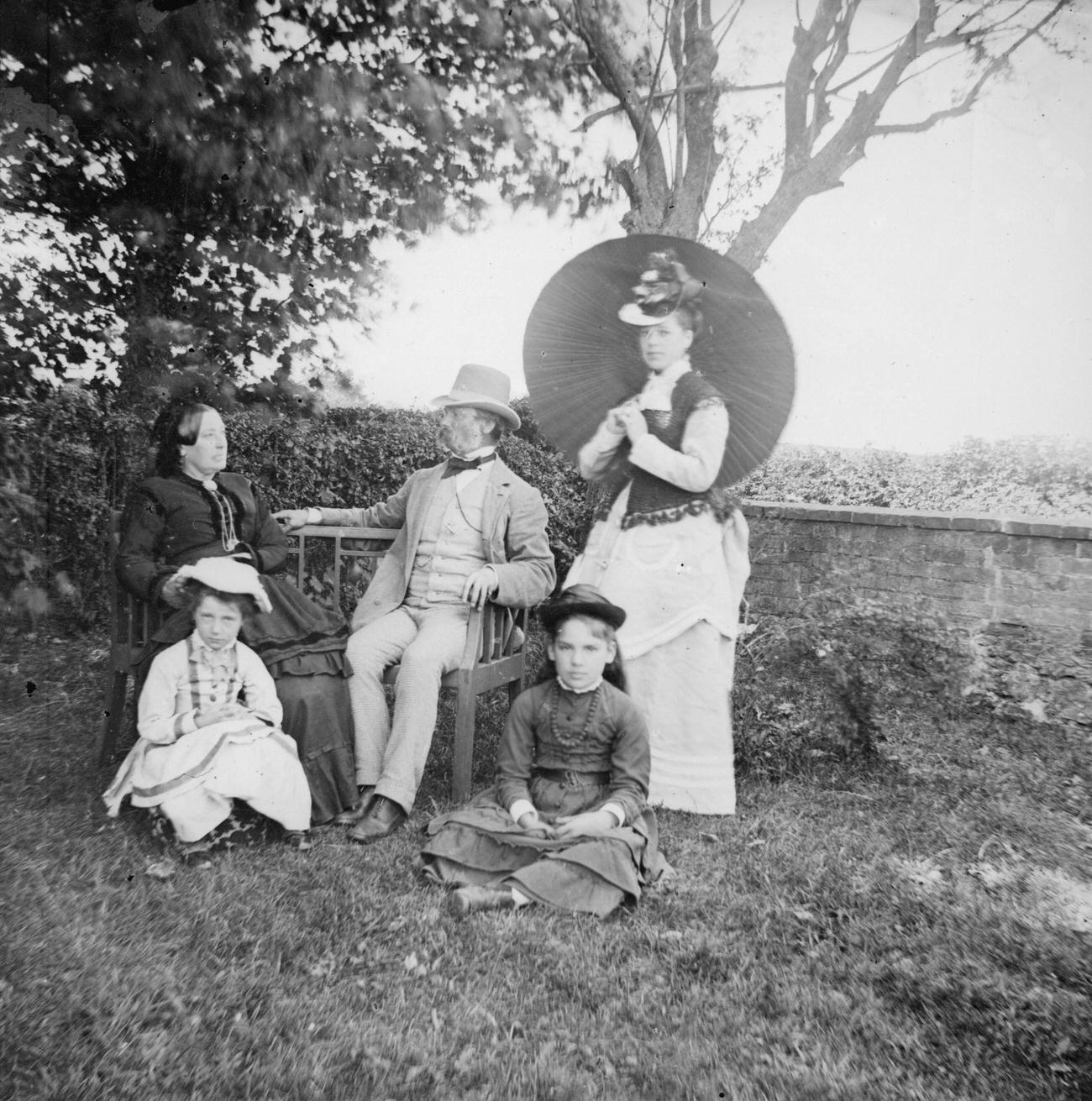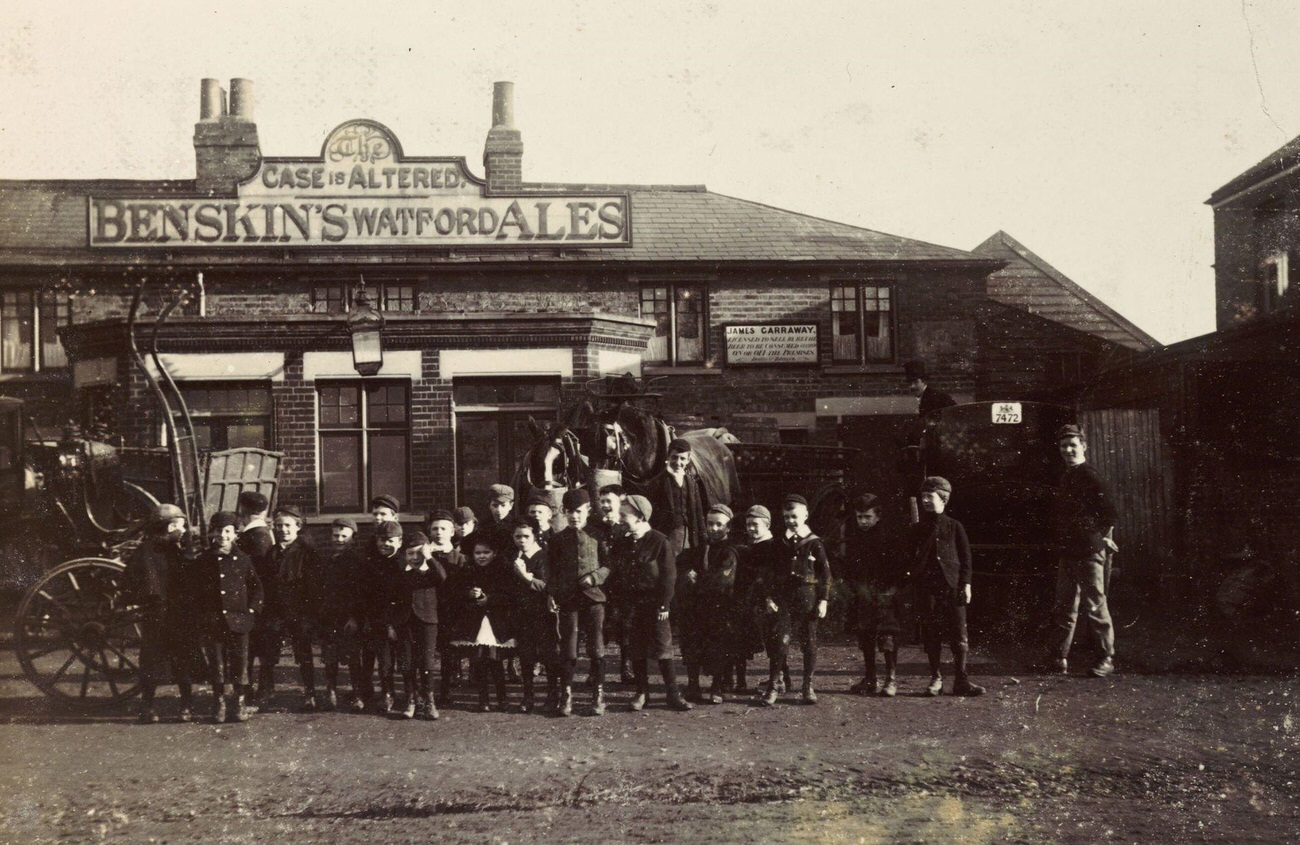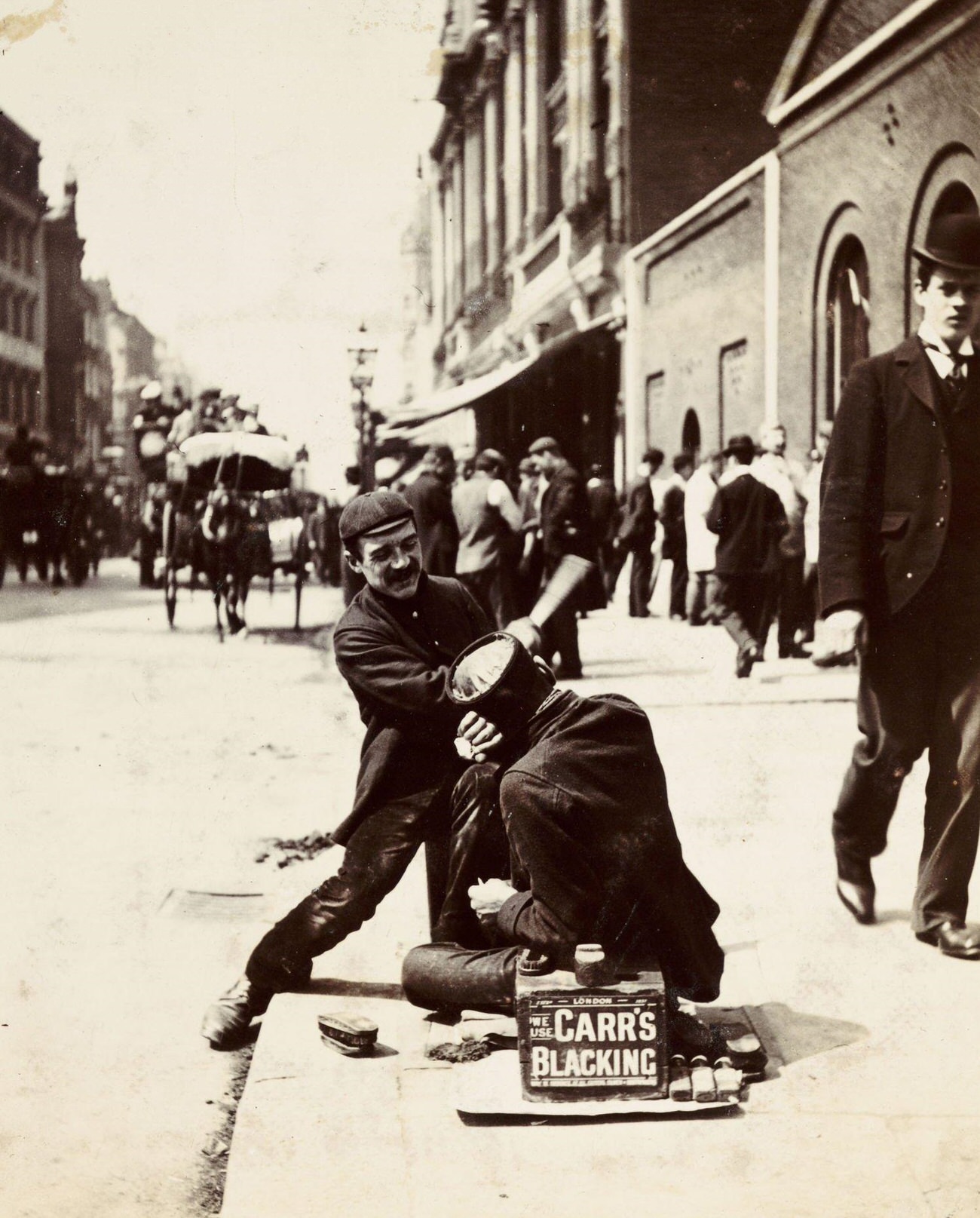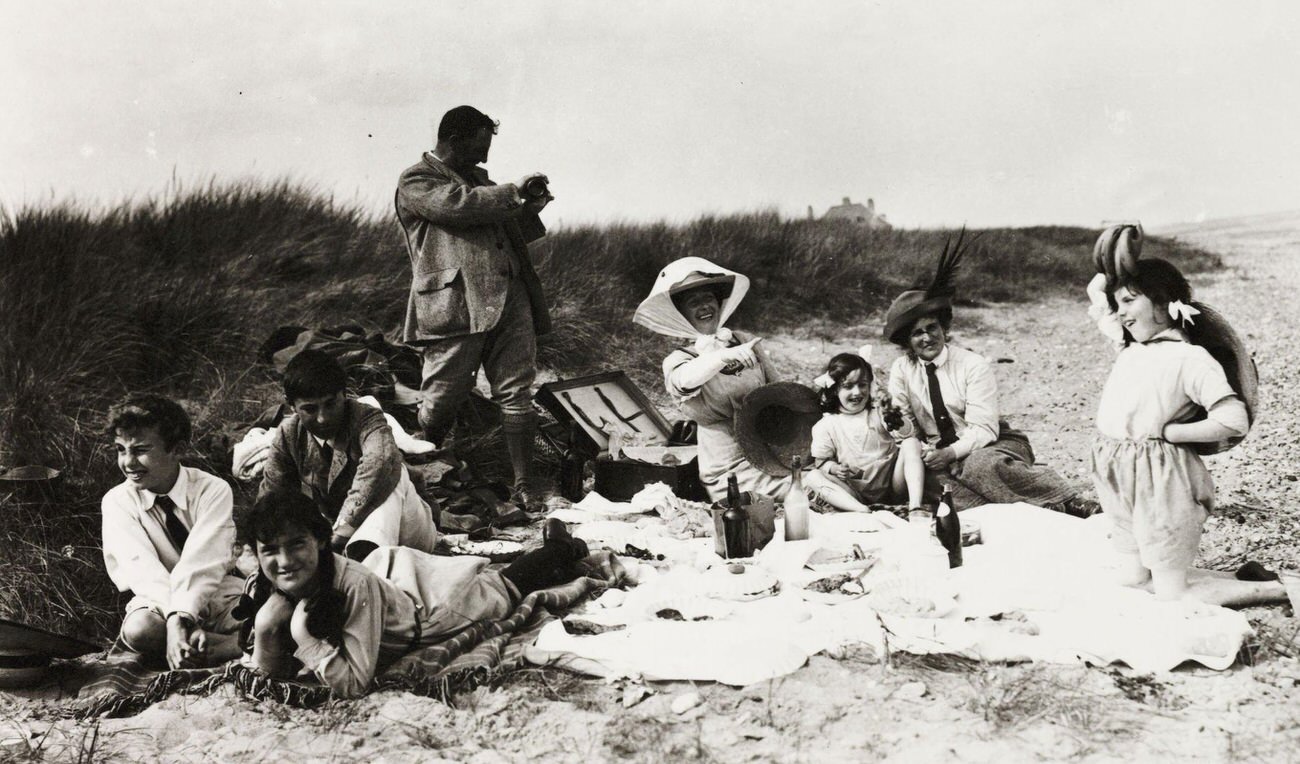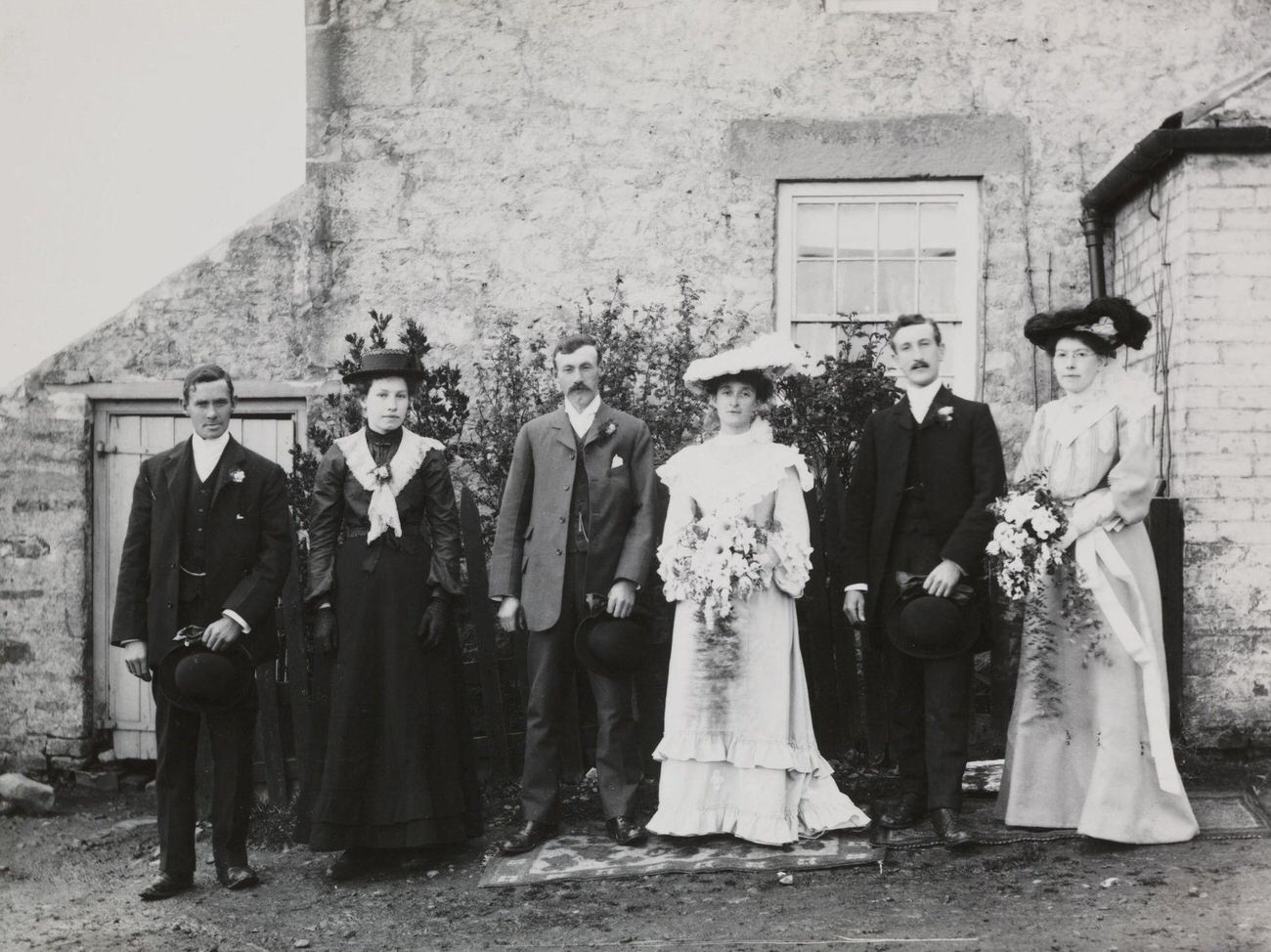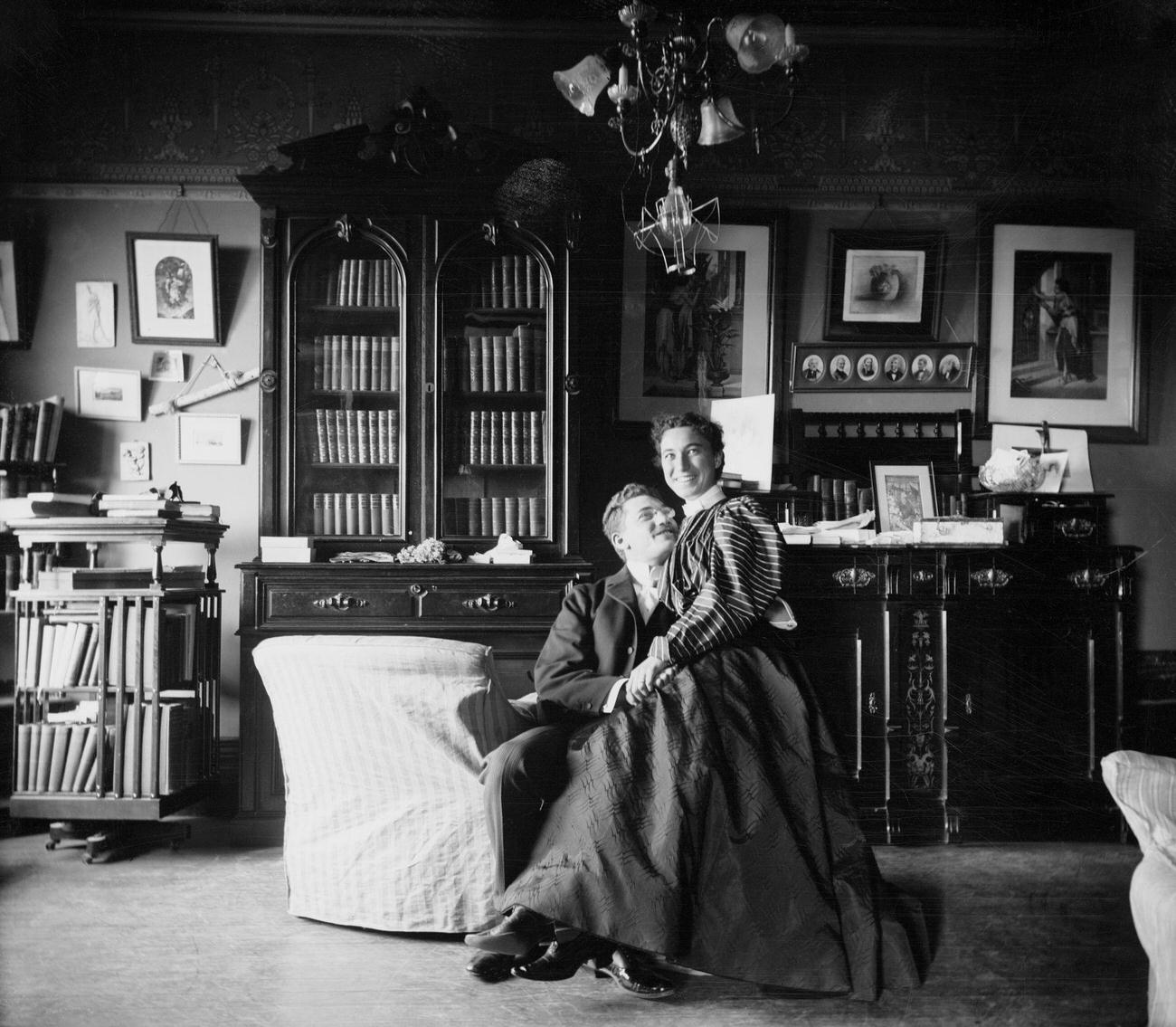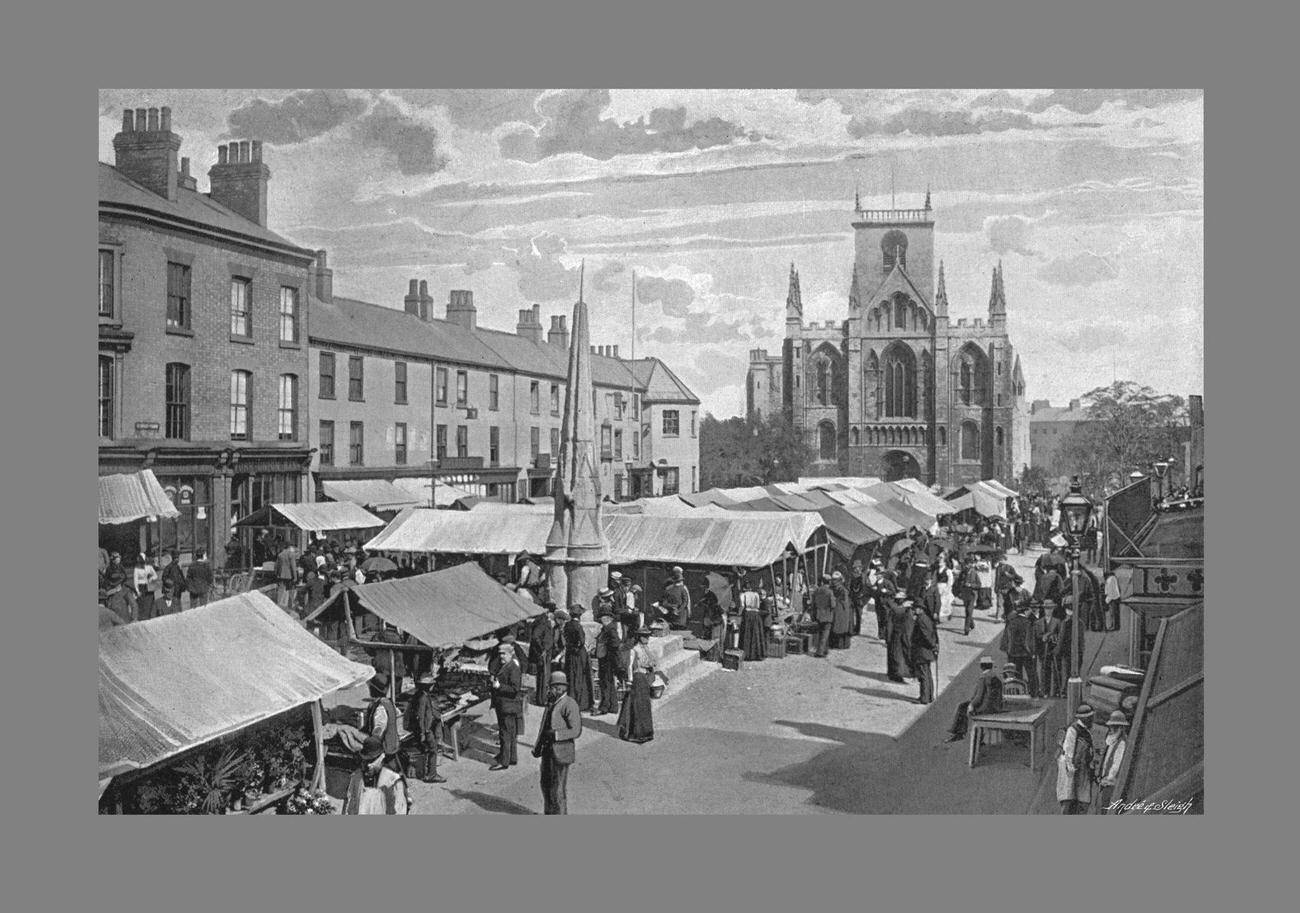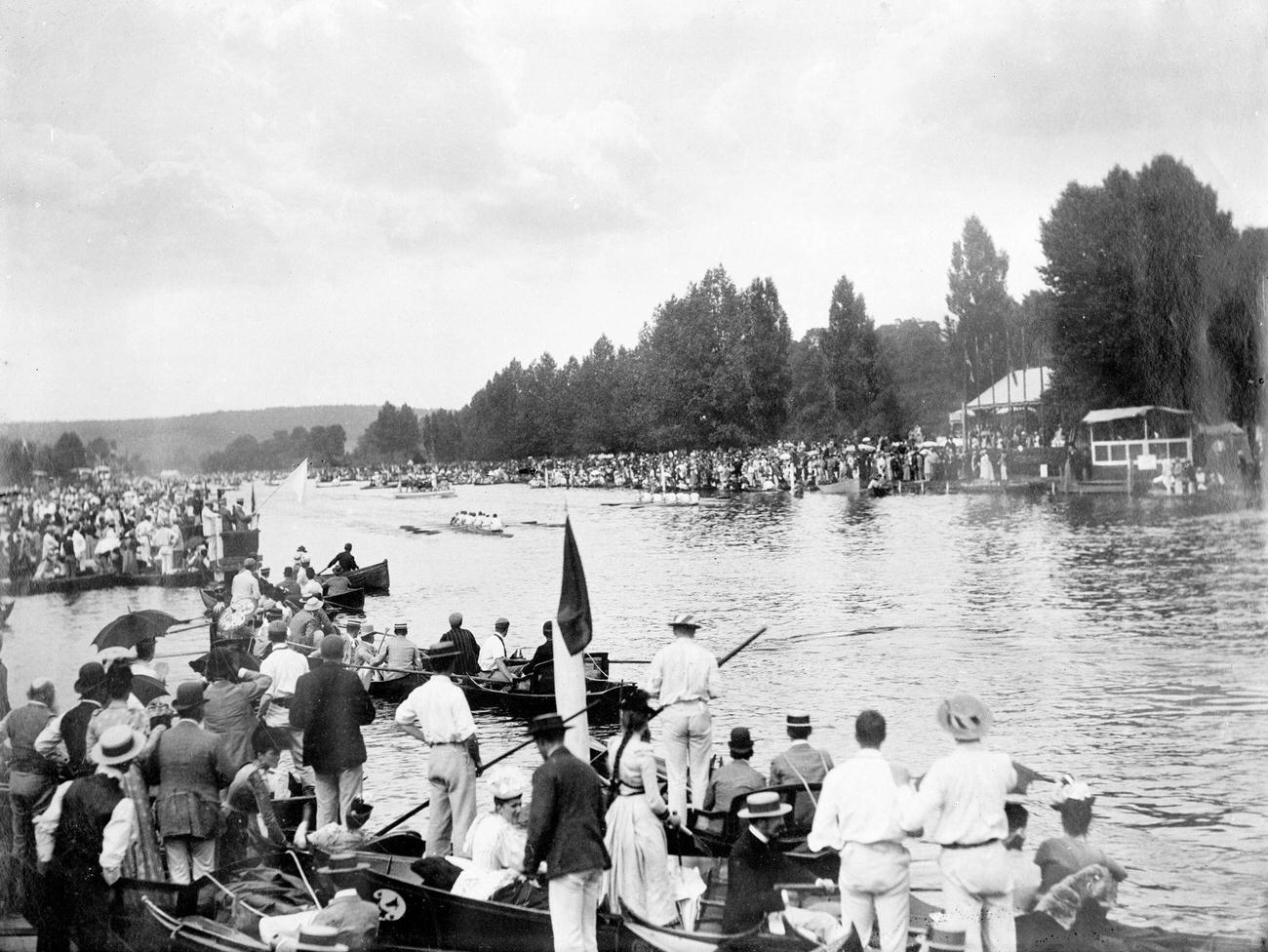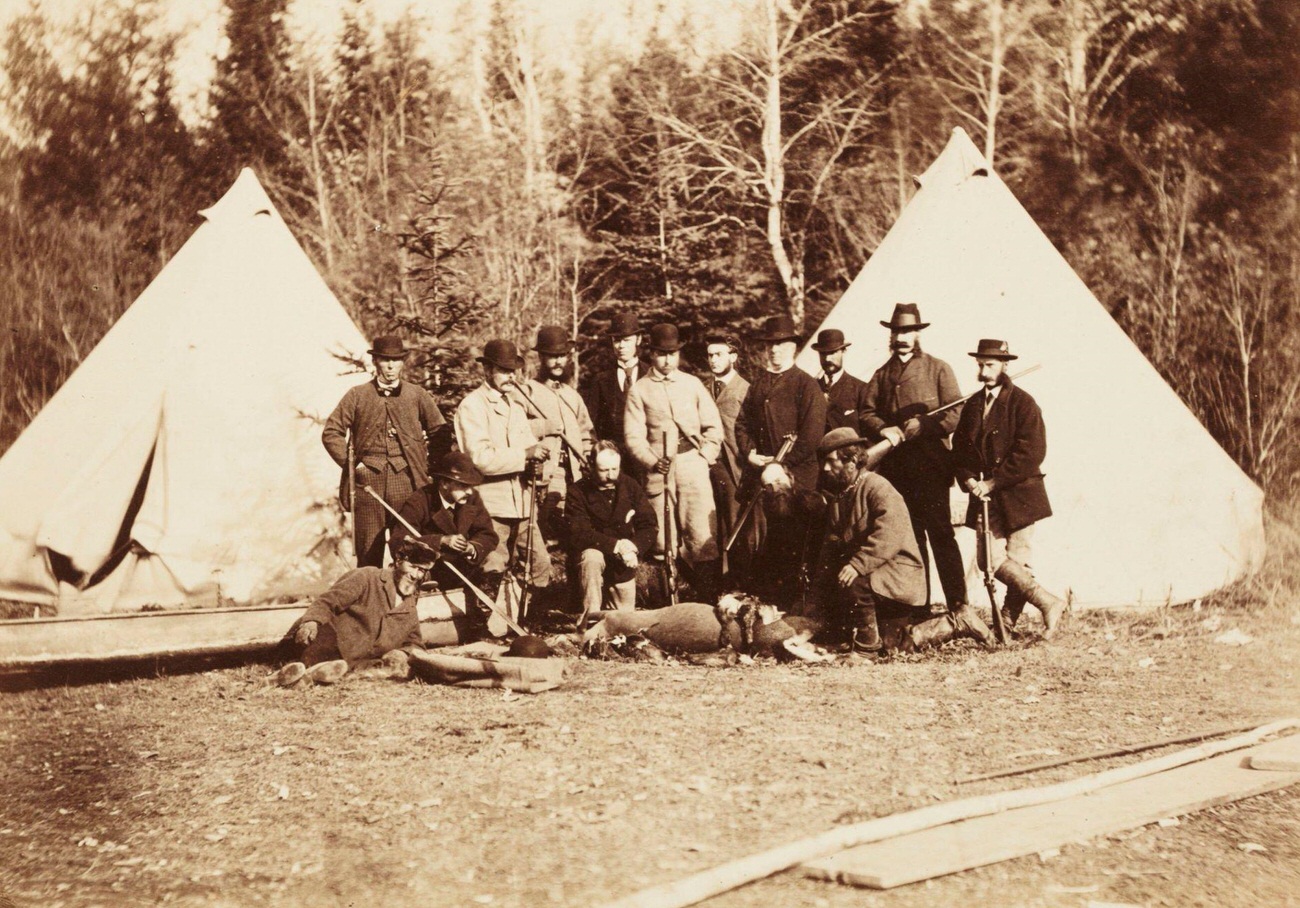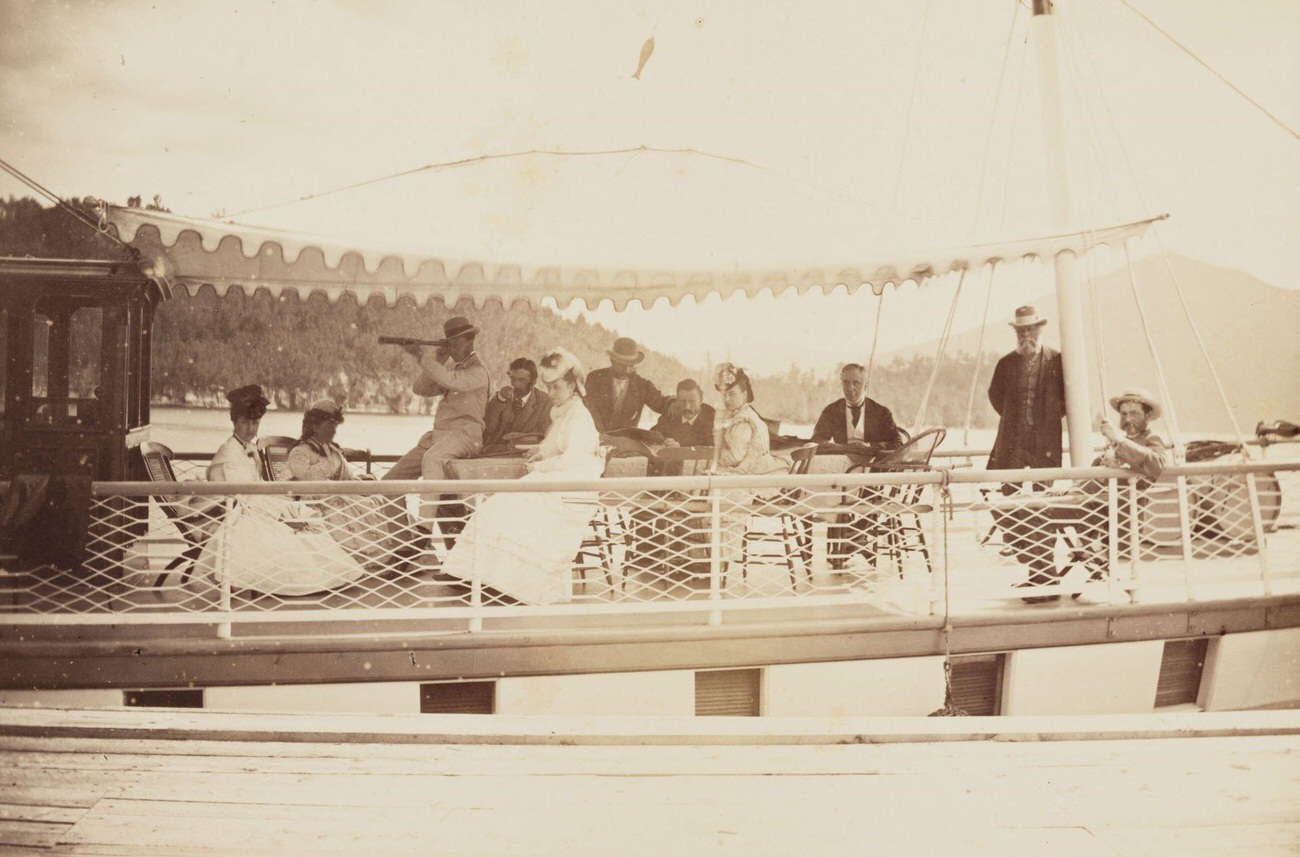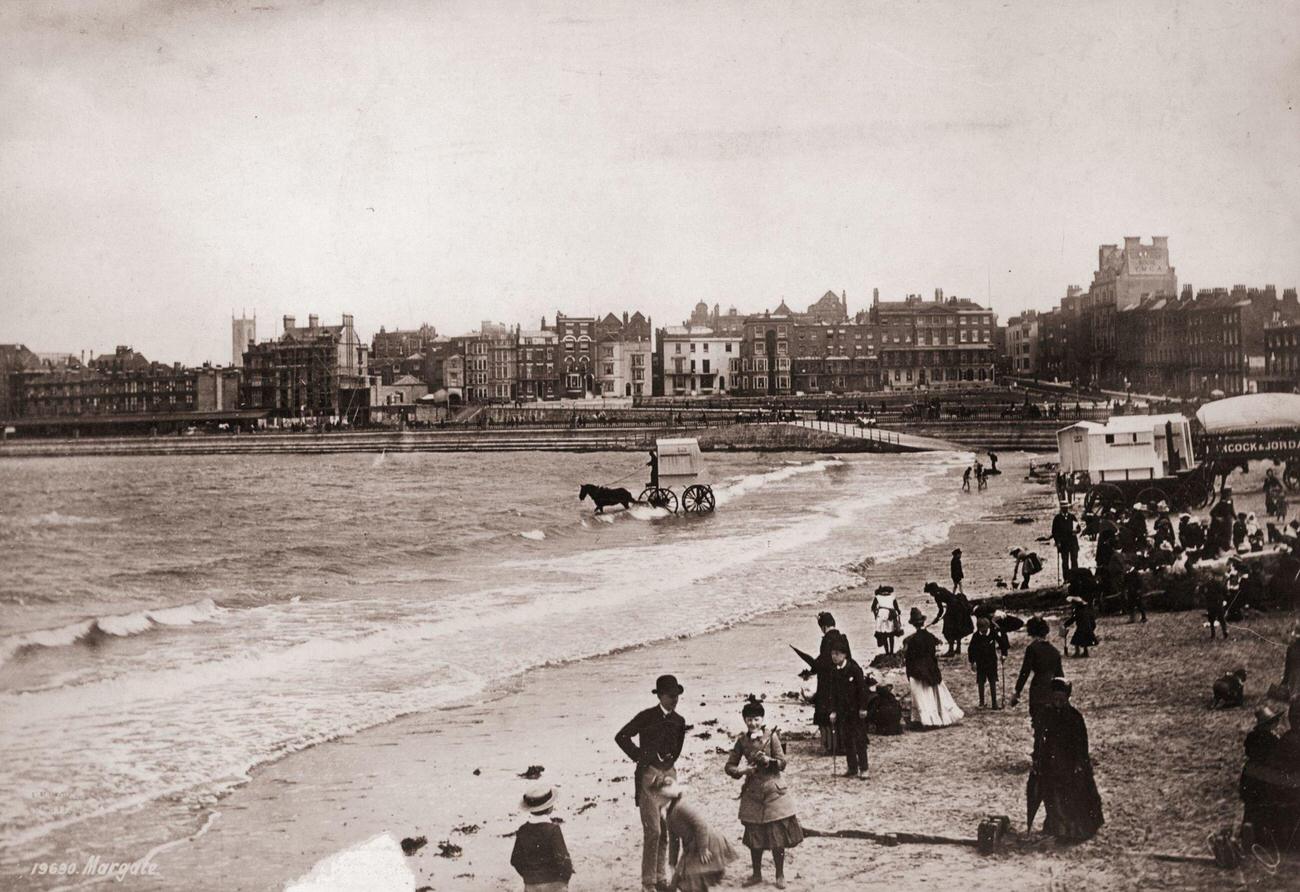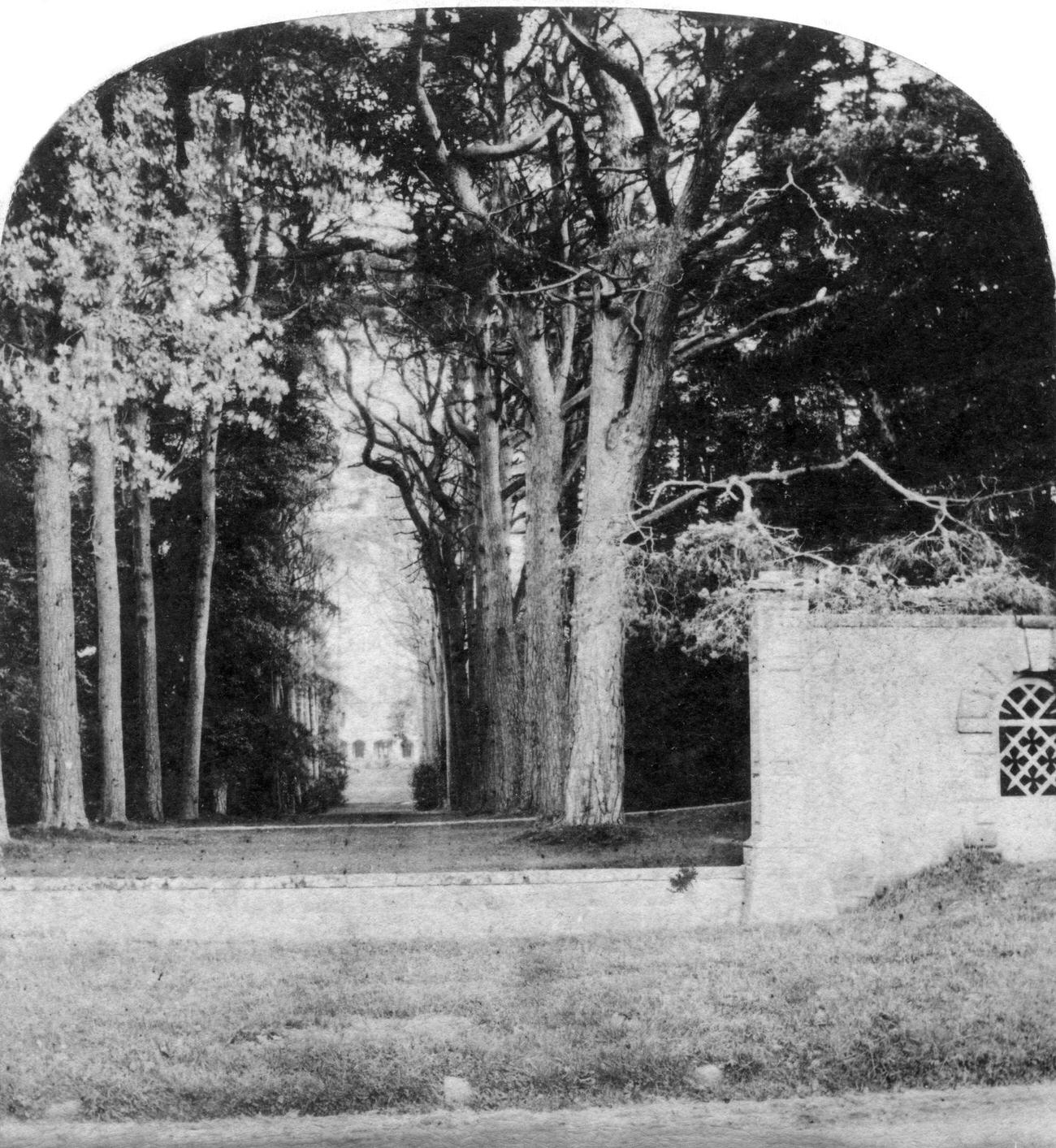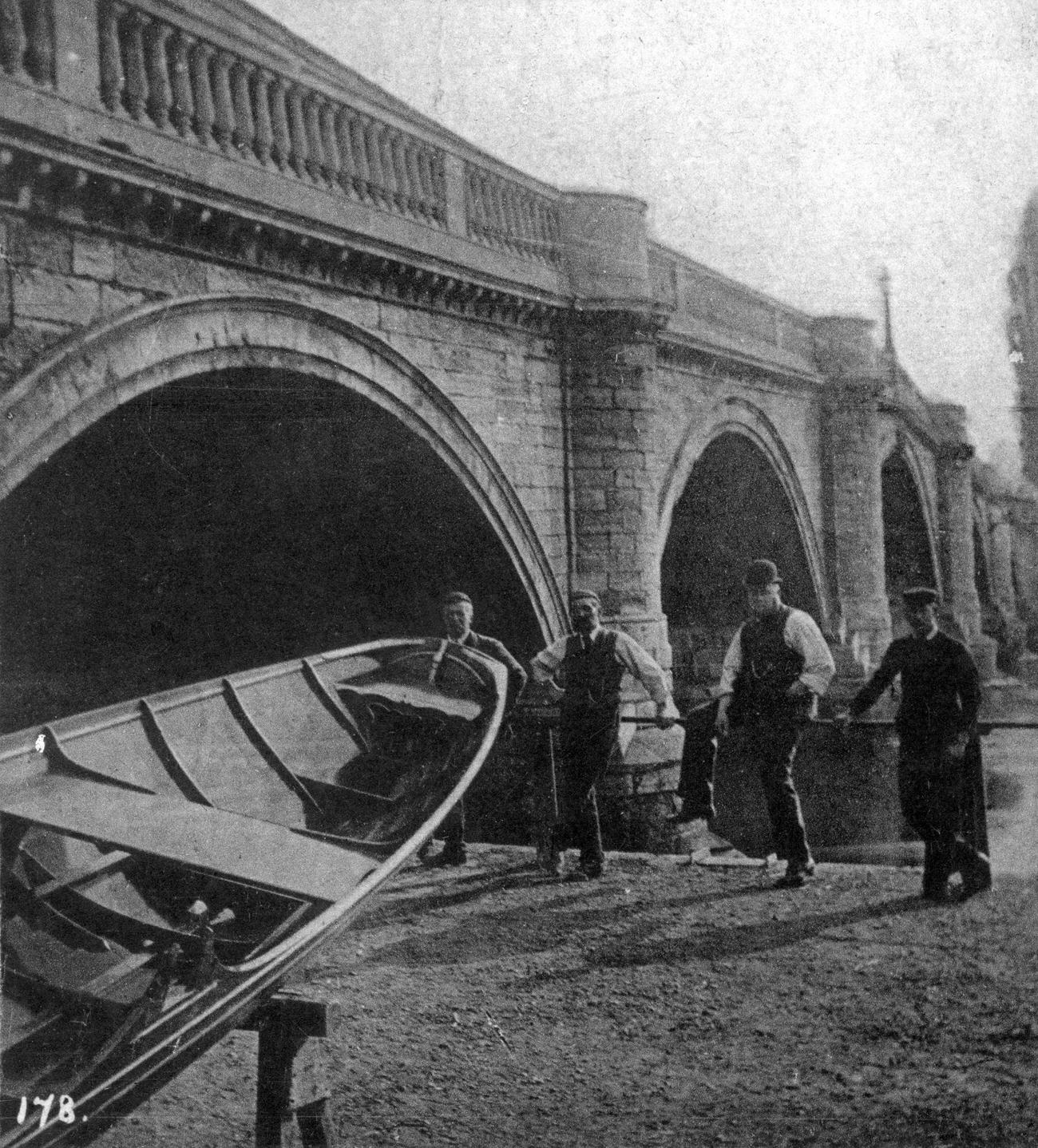The Victorian era, named after Queen Victoria, who reigned over the United Kingdom from 1837 to 1901, was a period of significant change and development. It was marked by industrial progress, cultural shifts, and evolving social norms. This era was a time of great contrasts, with stark differences between the lives of the wealthy and the poor, and significant changes in technology, culture, and politics.
Industrial Revolution and Urbanization
The Victorian era was at the heart of the Industrial Revolution. This period saw a massive shift from rural, agrarian societies to urban, industrial ones. Factories sprang up, leading to the growth of cities and towns as people migrated in search of work. This urbanization brought about significant changes in work and social life, with many people working long hours in often dangerous conditions.
The rapid industrialization also had a profound impact on the environment. Cities became crowded and polluted, with poor sanitation and inadequate housing. The lack of proper sewage systems and the prevalence of smog from factories contributed to numerous health problems among the urban population.
Social Hierarchy and Class Distinctions
Victorian society was characterized by a rigid class system. The aristocracy and upper classes enjoyed wealth and luxury, often living in grand homes, hosting lavish parties, and engaging in leisure activities like hunting and attending the opera. In stark contrast, the working class and the poor endured harsh living and working conditions, with little access to education or healthcare.
Women and children of the lower classes often worked long hours in factories or as servants. Child labor was rampant, with children as young as five working in mines or as chimney sweeps. Women’s roles were largely confined to the home, and their rights were severely limited.
The Victorian era was a time of incredible scientific and technological advancements. The period saw the invention of the steam engine, the telegraph, and the telephone. These innovations revolutionized transportation, communication, and daily life. The construction of railways made travel faster and more accessible, changing the way people lived and worked.
Cultural and Artistic Flourishes
Culturally, the Victorian era was a golden age for literature and the arts. It produced renowned authors such as Charles Dickens, Thomas Hardy, and the Brontë sisters. Victorian literature often tackled social issues and the stark realities of life during this period. In art, the Pre-Raphaelite Brotherhood and other movements challenged traditional approaches, focusing on realism and nature.
Everyday Life and Social Customs
Victorian society placed great emphasis on etiquette, morality, and propriety. Social customs were strict, with specific rules governing behavior, dress, and communication. This period also saw the rise of the middle class, who aspired to mimic the lifestyles and manners of the upper classes.
Leisure activities varied greatly between classes. While the upper classes enjoyed activities like balls, theater, and
















